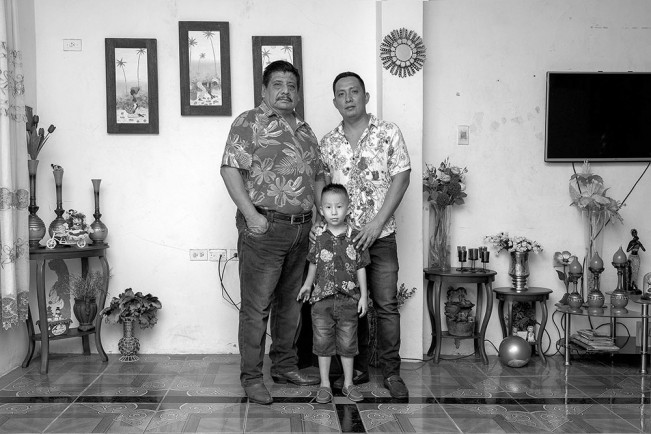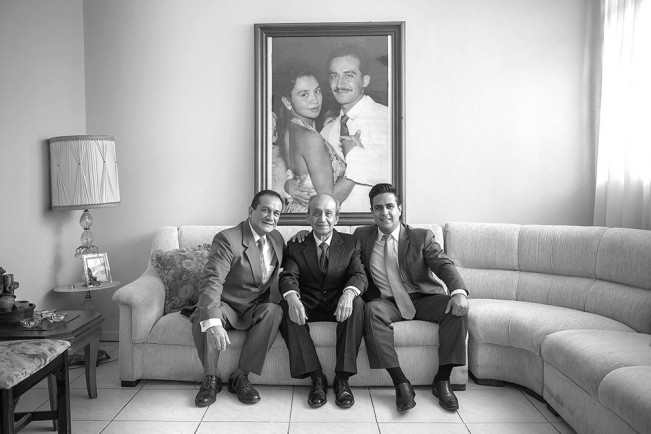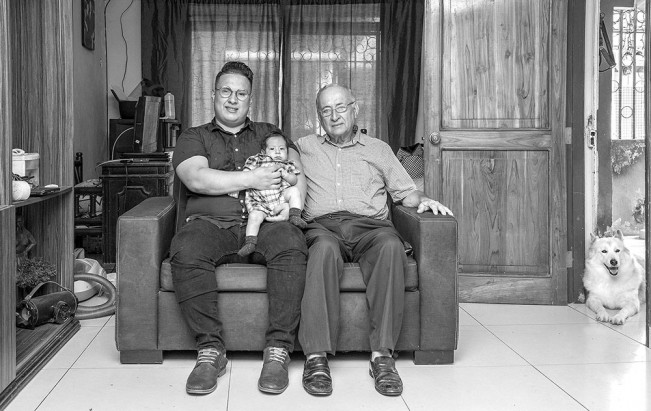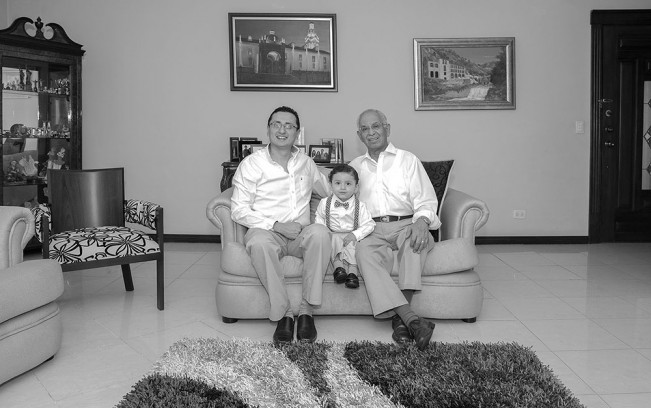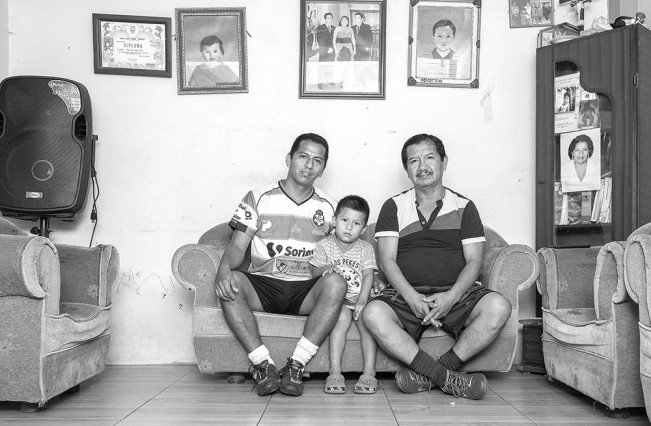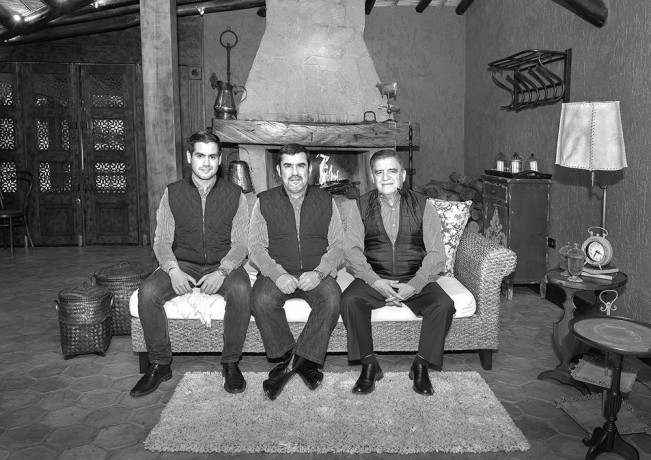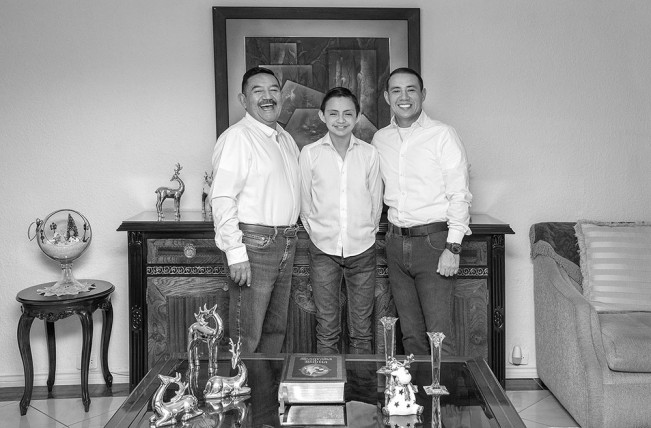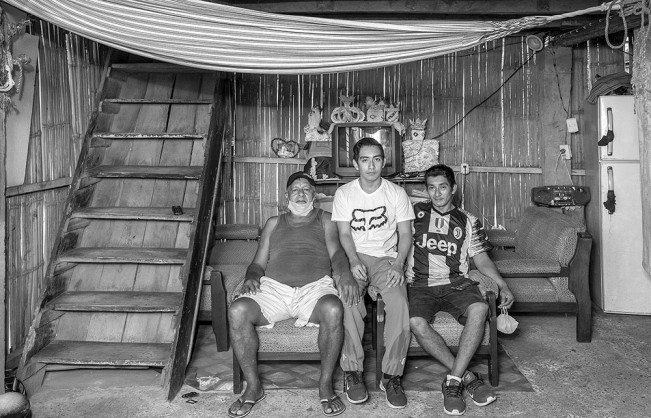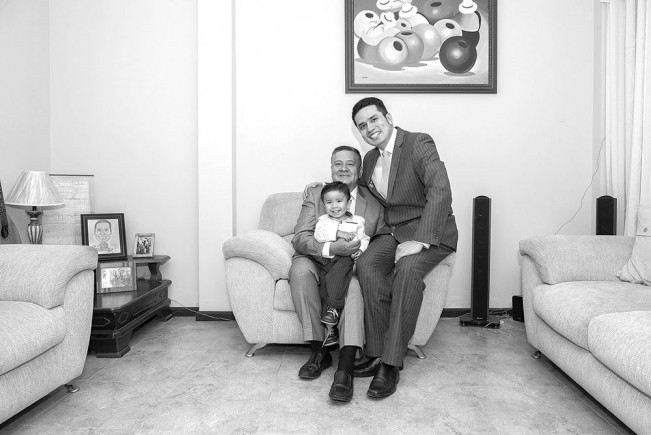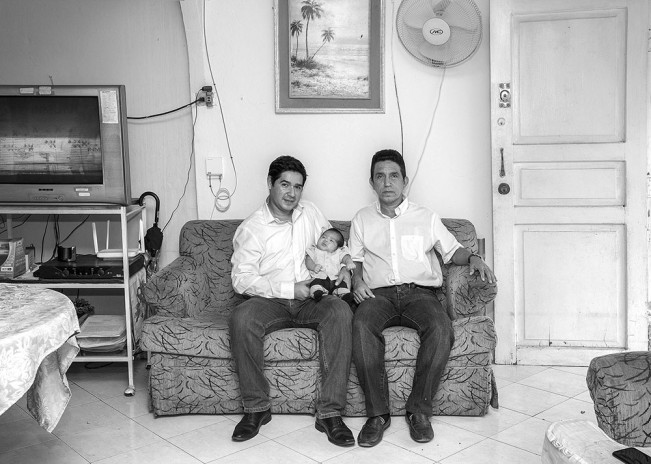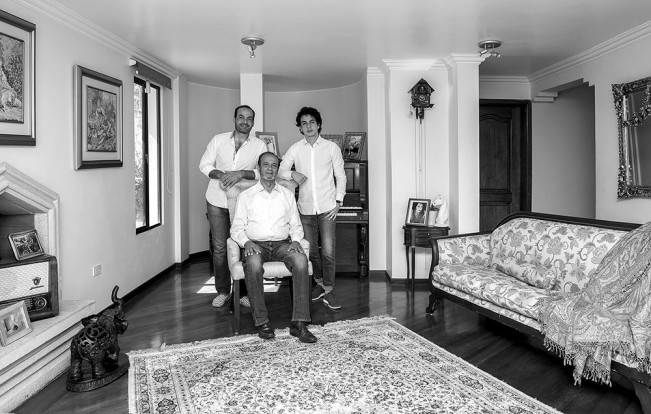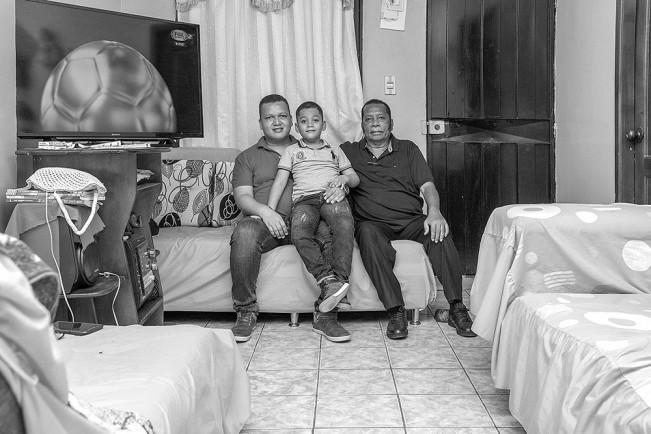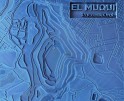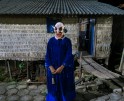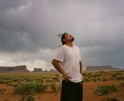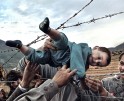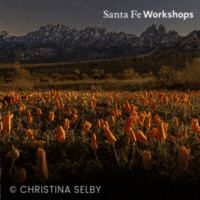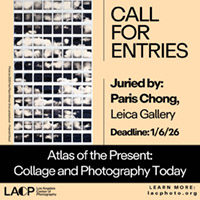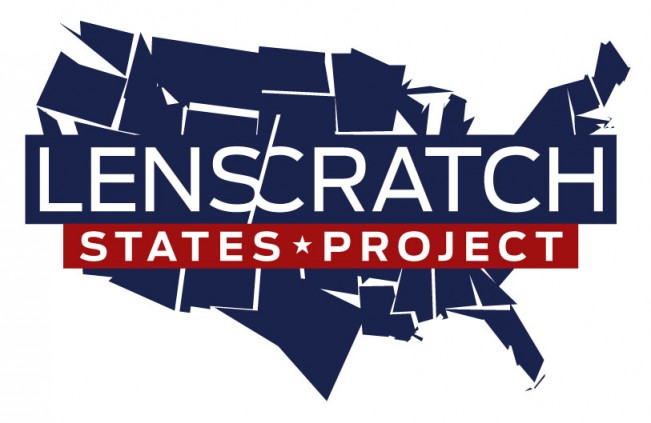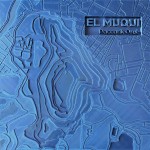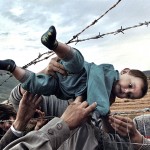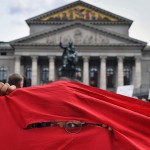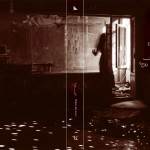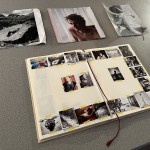Florent Tribalat Moreel: In the Name of the Father: The Roots of Patriarchy
Florent Tribalat Moreel and his work explore the unique intricacies of Ecuadorian tradition. Supported by a discussion of gender roles, as well as exceptionally composed imagery, a discourse surrounding the state of societal relations emerges. The project, spanning a range of 46 separate families, depicted in black and white frames, celebrates individuality as well as universal concepts of human nature, connectivity, and lineage.
Florent Tribalat Moreel is a French photographer born in 1983 whose work questions power, gender, identity and the photographic process itself. He studied photography in Ecuador, where he lived for ten years and worked on the series “ In the name of the Father – the roots of Patriarchy ”. He often uses collage as a creative concept and process. He is currently working on a photographic series entitled “ The masculine takes precedence over the feminine ”, which will attempt to photographically question our excluding language. Florent Tribalat Moreel currently lives in Gap, in the French Alps.
Follow Florent on Instagram: @florent.tribalat
In the Name of the Father
In the Name of the Father explores an Ecuadorian tradition: the transmission of the father’s first name from generation to generation. Across Ecuador and within all social strata, I photographed 46 families in their living rooms (15 photos shown here, you can discover the entire series on my website)—each time featuring the grandfather, the father, and the grandson. The result is a visual narrative in which black and white emphasizes the repetition and uniformity of this lineage. These portraits unveil a patriarchal legacy, where women remain on the margins, invisible. Through staging, families become co-authors of their image, affirming their internal dynamics. This series questions the weight of patriarchy and family structures through the lens of an intimate yet universal tradition.
I am deeply interested in human interactions, traditions, and the social structures that shape our lives. My work lies at the intersection of documentary and art, exploring the unspoken and the off-screen elements that define our societies. With “In the Name of the Father – the roots of Patriarchy”, I immersed myself in an Ecuadorian tradition that resonates beyond borders: the transmission of the father’s first name. By photographing these families I sought to capture the intimacy of these popular dynasties and question the role of each individual within this immutable family circle. Black and white became an obvious choice for this series: it strips away distractions and reinforces the impression of unity—almost uniformity—across social classes. It heightens the sense that, despite many differences, we are always looking at the same photograph, the same family. Each living room, with its carefully arranged symbolic objects, becomes a theater where the protagonists stage their own image. Behind these photographs of “family trinities” lies a broader reflection on patriarchy, gender roles, and the transmission of values, where the absence of women resonates like a silent cry.
The idea for In the Name of the Father was born from a memorable encounter in Ecuador. At a friend’s house, I discovered three generations of men sharing the same first name. This tradition, mundane to them, deeply intrigued me. Behind this simple act of transmission lies a complex mechanism of lineage, power, and symbolism. This realization fueled an obsession: to understand and document this phenomenon through a photographic series that explores patriarchal family structures and their silent impact on social dynamics.
By photographing these families in their living rooms—a paradoxical space that is both private and public—I uncovered revealing “micro-worlds.” Every detail, from the painting on the wall to the displayed trophies, carries symbolic weight. The men are central figures, ensuring family continuity, while women are omnipresent through their absence. This contrast underscores the central question: what does this legacy reveal about our humanity and its power dynamics?
Black and white lends the series visual and narrative cohesion. It removes distractions, focusing attention on what matters most: the repetition, the similarities, and the differences between these portraits. This aesthetic choice aims to emphasize a deliberate monotony, evoking the immutability of these patriarchal structures, where everything seems frozen in time. Families as Co-Authors of the Images. Each portrait is the result of collaboration. I gave families complete freedom—which is also a responsibility—in their staging: choices of posture, placement, clothing, and expressions. This participatory approach transforms these photographs into mirrors of their family dynamics and aspirations, while questioning what they want—or are able—to show.
Beyond Ecuador’s borders, this series resonates universally. It questions the weight of patriarchy in our societies, gendered expectations, and the complex ties between tradition and modernity. With In the Name of the Father, I aim to spark reflection on these invisible legacies that continue to shape our identities and relationships. Through these portraits, I discovered far more than an Ecuadorian tradition: a reflection of the fundamental structures of human societies, where power, gender, and identity intersect and assert themselves—often at the expense of those who remain unseen.
Posts on Lenscratch may not be reproduced without the permission of the Lenscratch staff and the photographer.
Recommended
-
Paccarik Orue: El MuquiDecember 9th, 2025
-
Lauri Gaffin: Moving Still: A Cinematic Life Frame-by-FrameDecember 4th, 2025
-
Dani Tranchesi: Ordinary MiraclesNovember 30th, 2025
-
Art of Documentary Photography: Elliot RossOctober 30th, 2025
-
The Art of Documentary Photography: Carol GuzyOctober 29th, 2025

